PTMcosmos is a database of known Post-Translational Modification (PTM) sites as well as novel sites detected in the Clinical Proteomic Tumor Analysis Consortium (CPTAC) experiments. It also shows the cancer mutations overlapping a PTM, which can potentially disrupt the PTM’s function (e.g., cell signaling).
Please refer to the About page for more information.
In PTMcosmos, you can reach most of the results by the search bar. Search bar (Fig. 1) accepts the following input:
If the input is an UniProt or Ensembl identifier, the search will go to its page directly. Otherwise, all the genes matching the query will be shown (Fig 2.). The search understands gene symbol aliases. For example, HER2 will lead to the gene information page of ERBB2. It also tries to resolve the UniProt secondary entries. For example, A8CZ64 leads to the same UniProt entry page as P28482.
PTM sites currently are only associated to an UniProt isoform. A gene information page will list all its associated UniProt entries. For example, PTM sites of gene H3F3A will be shown in its UniProt entry page P84243.

Figure 1. PTMcosmos search bar
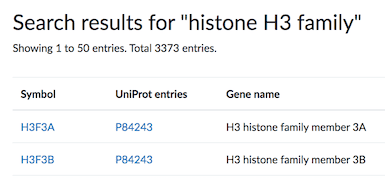
Figure 2. Search results for 'histone H3 family'
At each UniProt entry page, an overview of its PTM sites and cancer mutations is provided (Fig 3). The visualization provides an relative location regarding the protein domains and how mutations overlap with PTM sites. The canonical isoform of the UniProt entry is used for the information display.
For each PTM site, the experimental evidence is grouped by their curation source (e.g., UniProtKB, PhosphoSitePlus, and CPTAC). For example, shown in Fig. 4, P28482 (MAPK1) p.187Y is a phosphotyrosine site which has been reported by 768 publications from PhosphoSitePlus, 2 publications from UniProt, and 8 CPTAC experiment cohorts. In the dropdown menu, you can find the details of the evidence, such as the publication reference and the CPTAC experiment cohort (Fig. 5).
More details of a PTM site can be found at the UniProt isoform page, which include the genomic position, overlapping cancer mutations from TCGA and COSMIC, and CPTAC experiment details. For example, shown in Fig. 6, P38398-1 (BRCA1) p.S694 is overlapped by a COSMIC mutation and was detected in CPTAC2 retrospective BRCA cohort.
Please also refer to our Help page for further information.
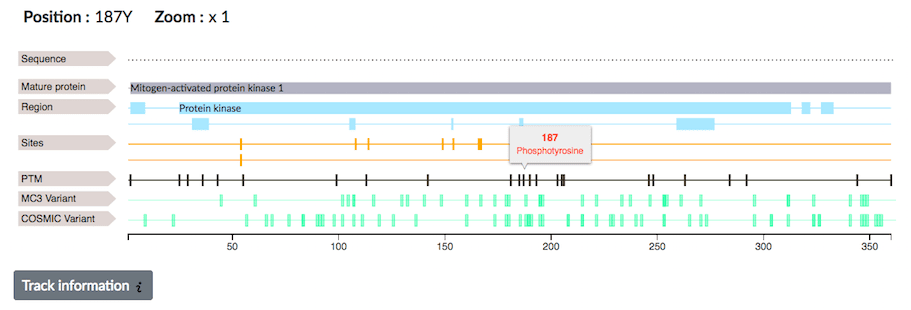
Figure 3. Protein feature visualization
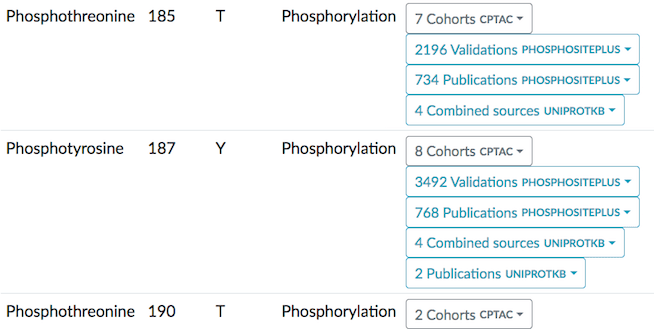
Figure 4. PTM evidence grouped by sources
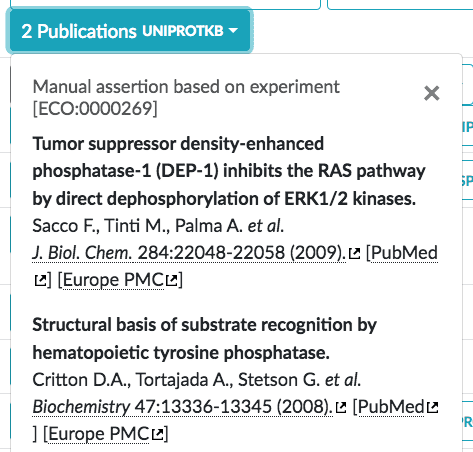
Figure 5. Dropdown menu of an evidence group
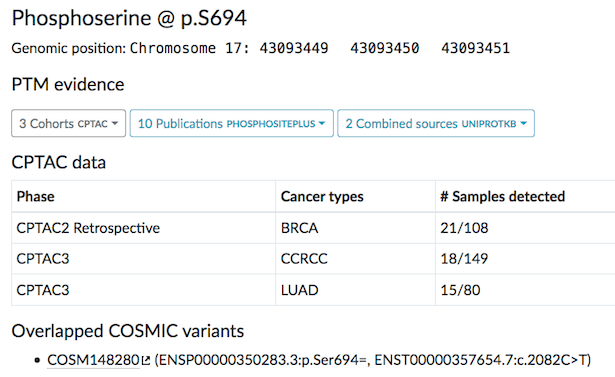
Figure 6. Details of a PTM site with CPTAC experiment details and overlaping cancer mutations